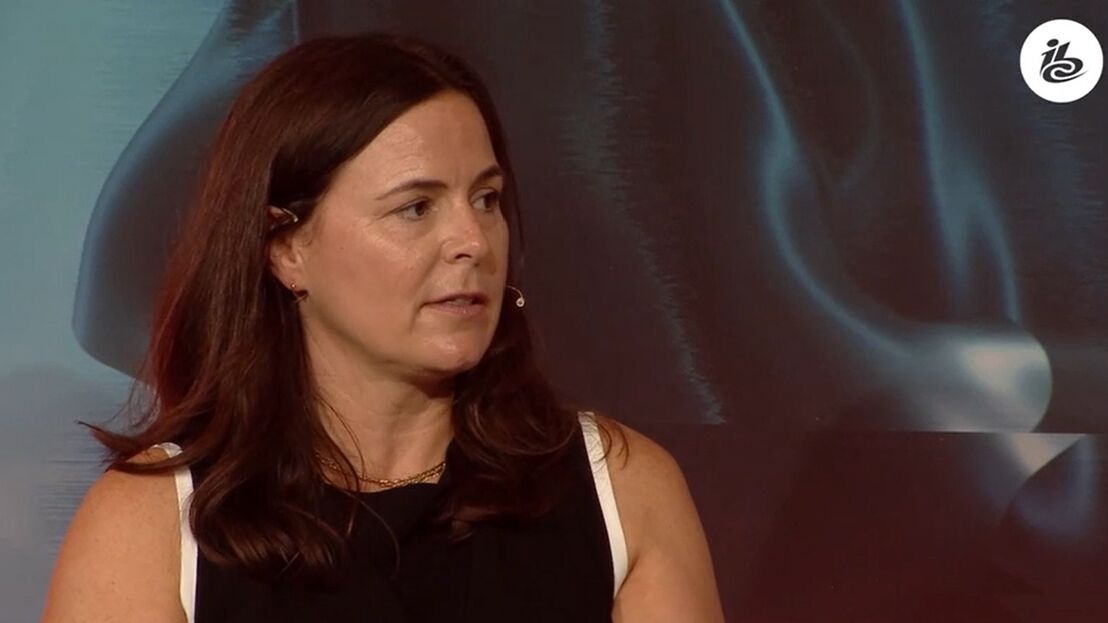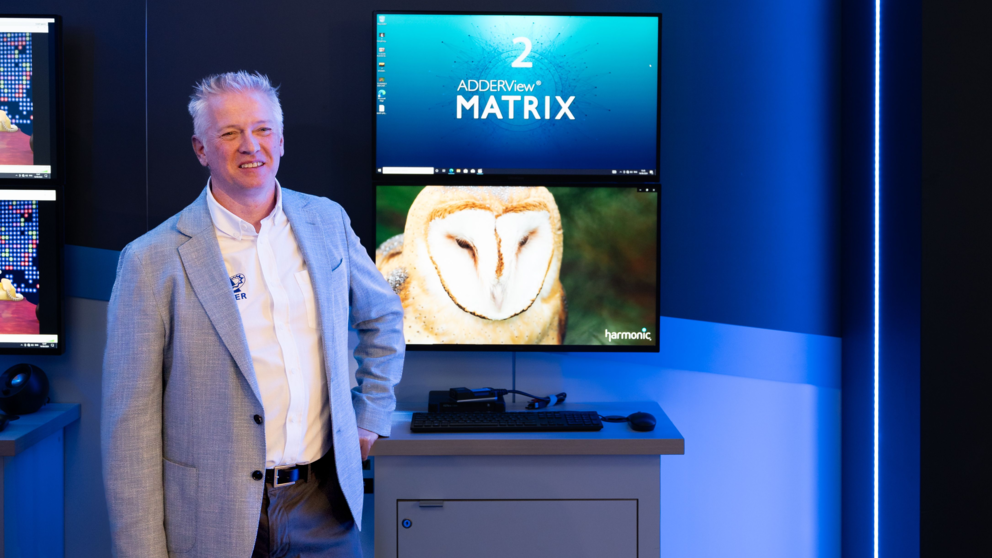The world of IP-based video is defined at present by a couple of major technologies. David Davies examines their primary points of difference and wonders ‘what’s next’ for media connectivity and transportation.
If you wanted to put a date-stamp on the birth of modern media networking technology, then you would need to be looking closely at the last four months of 2015. In September that year, the Network Device Interface (NDI) software specification developed by NewTek was publicly revealed and demonstrated at the IBC Show. A few months later, the TR-03 and TR-04 technical recommendations were published by the Video Services Forum; these would go on to provide important foundations to the SMPTE ST 2110 standards suite, the first four parts of which were published to no little fanfare in November 2017.
The concentration of ST 2110 on uncompressed video arguably does much to explain its initial rise to prominence. Large broadcasters and service providers were always going to be in the vanguard of companies with the resources to adopt IP media at an earlier stage and were inevitably going to require the highest possible (uncompressed) video quality...
You are not signed in
Only registered users can read the rest of this article.

Truth in the age of deepfakes: Building trust in the human-machine era
As deepfakes become prevalent throughout the media industry, experts at the BBC, Guardian, and ITN wrestle with the implications of today’s unprecedented levels of disinformation and distrust.

Rory Peck Awards: Truth has never needed its defenders more
This year’s Rory Peck Awards was an affirmation that press freedom is in severe danger, that it has become a vicious fight to sustain that facts matter. George Jarrett reports.

Camerimage: “The time to be afraid of AI was two years ago”
The festival of cinematography remains political with the rise of AI and gender equality bubbling beneath the surface.
.jpg)
Content Everywhere: Disruptive forces in 2025, from AI to ROI and SGAI
Looking back over 2025 to date, it’s clear that AI continues to widen its role in the Content Everywhere ecosystem, and many companies are becoming more discerning about how and where the technology should be applied to streaming and video technology. Clearly, there is still much more to come, and much more to learn, but what have recent developments taught the industry to date?

Scalable broadcast tech provides backbone for Esports World Cup Festival
Tasked with producing the festival side of the 2025 Esports World Cup in Riyadh, Saudi Arabia, Vanguard engineered a multi-venue broadcast workflow built on Blackmagic Design infrastructure to handle weeks of continuous live programming.





